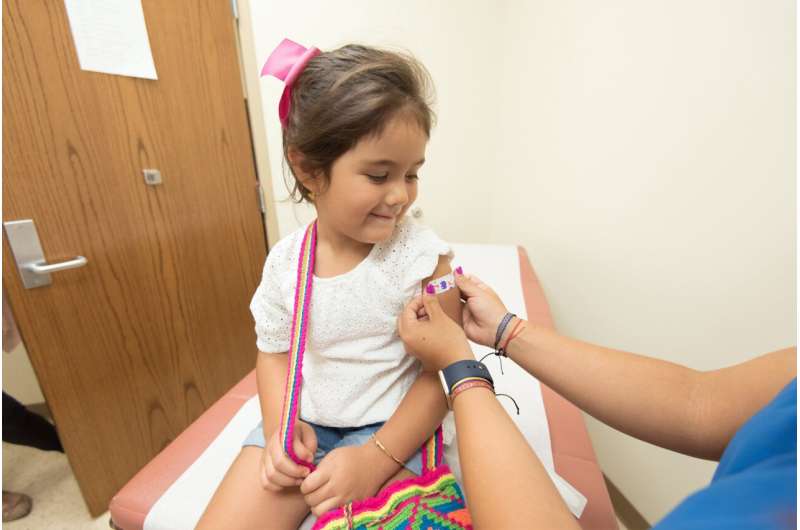New Insights Reveal Most Puberty-Regulating Cells Form After Birth Rather Than During Embryonic Development

New research reveals that most cells regulating puberty in the pituitary gland develop after birth, challenging previous beliefs about embryonic origins and opening new avenues for early diagnosis and treatment of reproductive disorders.
Recent research by scientists at the Francis Crick Institute has significantly advanced our understanding of how cells responsible for puberty and reproductive functions develop in the pituitary gland. Traditionally, it was believed that gonadotrophs—cells that produce hormones to promote sexual maturation—originated mainly during embryonic development. However, new findings suggest a different story: most of these critical cells are actually formed after birth.
The study used genetic tracing techniques in mice to follow the development of pituitary cells, revealing that embryonic gonadotrophs are confined mostly to a small central region, staying put throughout life. In contrast, the majority of gonadotrophs emerge postnatally from stem cells located in separate areas of the gland, spreading across the pituitary during the period known as 'minipuberty,' which occurs shortly after birth.
Interestingly, this postnatal development appears to be driven by physiological cues associated with leaving the mother's body, rather than hormonal signals such as gonadotropin-releasing hormone (GnRH) or sex hormones like testosterone and estrogen. Experiments blocking these hormones indicated they are not essential for the formation of gonadotrophs, hinting at other factors related to early life and physiological context being responsible.
Understanding this dual origin of gonadotrophs opens new avenues for diagnosing and treating reproductive disorders. For example, in conditions like congenital hypogonadotropic hypogonadism (CHH), where puberty fails to initiate properly, knowing that most gonadotrophs develop after birth suggests potential early intervention strategies. Additionally, recognizing that two distinct populations of these cells exist may allow targeted therapies that address specific developmental pathways.
The discovery underscores the importance of early life as a critical window during which the development of reproductive cells can be monitored and potentially influenced to prevent or manage fertility issues. The researchers emphasize that further studies are needed to identify the precise factors responsible for stimulating stem cells to produce gonadotrophs during this vital period.
This research not only reshapes our understanding of pituitary cell development but also highlights the significance of early postnatal stages in establishing reproductive health, paving the way for improved diagnosis and treatment of pubertal disorders.
Stay Updated with Mia's Feed
Get the latest health & wellness insights delivered straight to your inbox.
Related Articles
Advancements in Understanding the Most Aggressive Form of Prostate Cancer
New research uncovers the unique biological features of metastatic prostate cancer, providing critical insights into its aggressive behavior and potential avenues for targeted treatment.
Think Before You Ink: Revealing Hidden Dangers in Tattoo Inks
Recent research uncovers discrepancies and hidden chemical risks in tattoo inks, emphasizing the need for improved regulation and consumer awareness of tattoo pigment safety.
Enhanced Effectiveness of Personalized Interventions for College Students with Risky Drinking Behavior
Research reveals that the thoroughness of personalized feedback interventions significantly influences their effectiveness in reducing risky drinking among college students, with attentiveness playing a key role.



